Clashes break out between police and protesters in Iran as rial crumbles
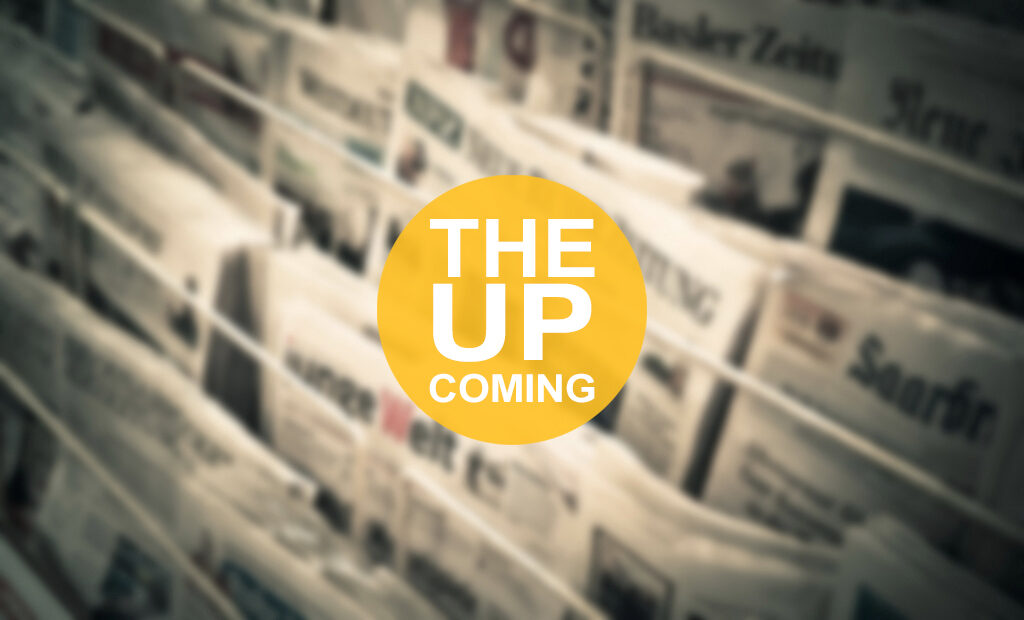
Gathering under a haze of tear gas, protesters met a powerful police presence in the Iranian capital this Wednesday.
Demonstrations centralised on Iran’s Central Bank in the currency exchange district of Tehran in reaction to the nation’s escalating currency crisis. Some see this as the first of a wave of protests, with undercurrents of economic unease and political unrest motivating Iranian people to action.
The rial, the official currency of Iran, has seen its value plummet dramatically over the course of the past week. The collapsing currency comes partly as a result of heavier UN sanctions against Iran. These sanctions have been imposed as a reaction to Iran’s continued efforts in its nuclear energy programme.
The depreciation of the rial is troubling as everyday staples, such as dairy products, are now becoming too expensive for many Iranian families.
As the protests raged, some shopkeepers closed their doors due to the destructive demonstrations despite warnings from the government against doing so. Meanwhile, money changers, some from Afghanistan, took to the street to illegally exchange currency, though many were arrested by police.
Iranian economist Mohammed Masinaei recently explained that traders are concerned about the rapid depreciation of the value of the goods they buy, which has led to food prices nearly doubling in just a year.
Masinaei suggested that “uncertainty is the main issue” contributing to the rial’s crumbling value. However, he does not foresee a complete collapse of the Iranian economy.
Despite Iran’s economy being hamstrung by the UN sanctions, Iranian President Mahmoud Ahmadinejad maintains that the economic problems are unrelated to its nuclear policies.
He has stated his strong belief that Iran can come through the unrest and continue its nuclear programme, claiming that peaceful purposes propel the Iranian nuclear programme.
James Meyer




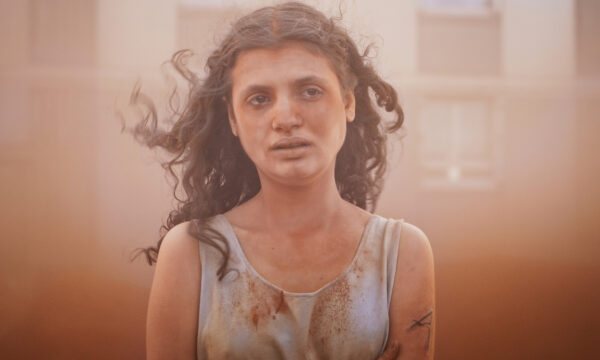




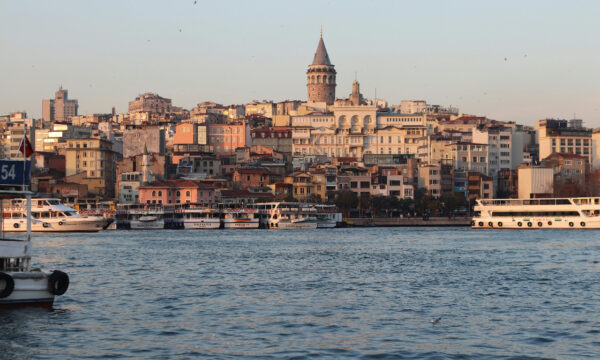

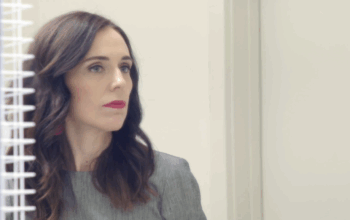

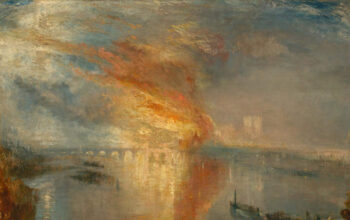


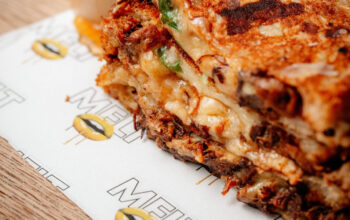








Facebook
Twitter
Instagram
YouTube
RSS